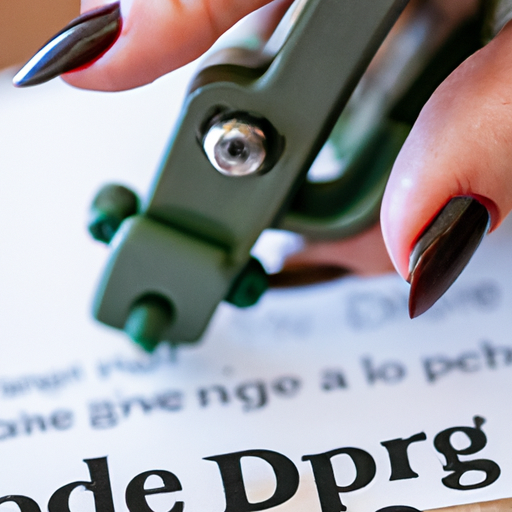1. Why It’s Important to Trim Your Dog’s Nails
Getting up close and personal with your dog’s paws might seem like a daunting task, but it is an essential part of pet care. Long nails can cause discomfort, affect your dog’s gait, and even lead to painful injuries. As a caring pet parent, it’s important to make nail trimming a regular part of your grooming routine.
2. When and How Often You Should Trim
Knowing when to trim your dog’s nails is as important as knowing how. An easy rule of thumb is to listen for clicking sounds when your dog walks on hard surfaces. If their nails are clicking, it’s time for a trim. As a general guide:
- Small breeds typically require weekly trims.
- Larger breeds may only need a trim every two weeks.
- Senior dogs often require more frequent trims as their nails grow more slowly.
3. Tools You’ll Need
A successful nail trimming session requires the right tools:
- Dog nail clippers: There are two types—scissor-style and guillotine-style. Choose what feels most comfortable in your hand.
- Styptic powder: This helps stop bleeding if you accidentally cut into the quick.
- File: To smooth any rough edges after trimming.
| Tools | Use |
|---|---|
| Dog Nail Clippers | For trimming nails |
| Styptic Powder | To stop bleeding if you cut into the quick |
| File | For smoothing rough edges |
4. The Trimming Process
Trimming your dog’s nails involves these steps:
- Get your dog comfortable: Start by massaging your dog’s paws regularly so they get used to having their feet handled.
- Identify the quick: The quick is the sensitive part of the nail that supplies blood. In light-colored nails, it’s the pinkish area. In dark nails, you’ll need to make small cuts and look for a grey or pink oval.
- Make the cut: Position the clipper at a 45-degree angle. Make a swift, confident cut without going into the quick.
- Smooth the edge: Use a file to smooth any rough edges.
Remember, always reward your dog after each nail trimming session.
5. Dealing with Potential Problems
Sometimes, despite your best efforts, you might encounter issues:
- If you cut into the quick: Don’t panic. Apply some styptic powder to the nail and apply gentle pressure. It should stop bleeding within a few minutes.
- If your dog is anxious: Try to create a calm environment. Use treats and positive reinforcement. If necessary, consider seeking the help of a professional groomer or vet.
FAQs
Q: How often should I trim my dog’s nails?
A: This can vary depending on your dog’s breed and lifestyle. However, a good rule of thumb is when you hear their nails clicking on hard surfaces.
Q: What if I accidentally cut into the quick?
A: If you cut into the quick, apply some styptic powder to stop the bleeding.
Q: What if my dog is anxious about nail trims?
A: Try to create a calm environment and use positive reinforcement. If needed, consider professional help.
Trimming your dog’s nails can seem daunting at first, but with patience, practice, and the right tools, it can become a simple part of your pet care routine.



